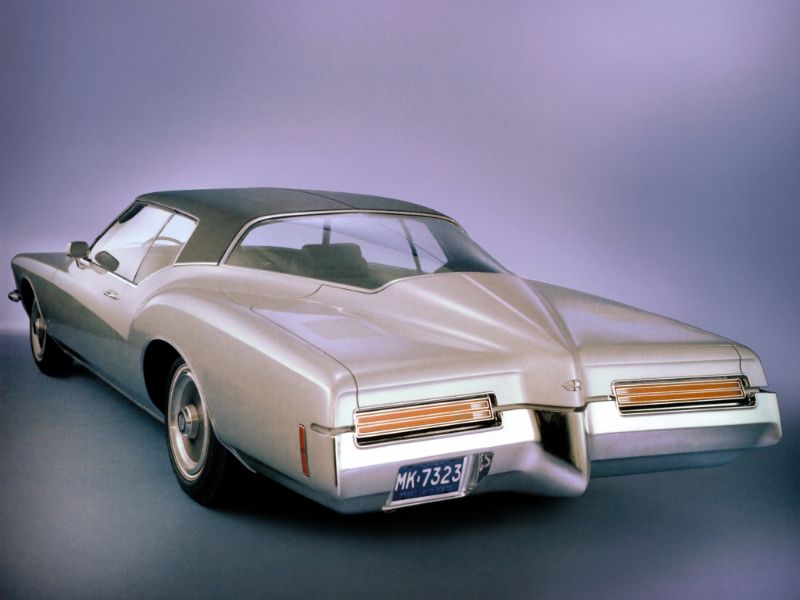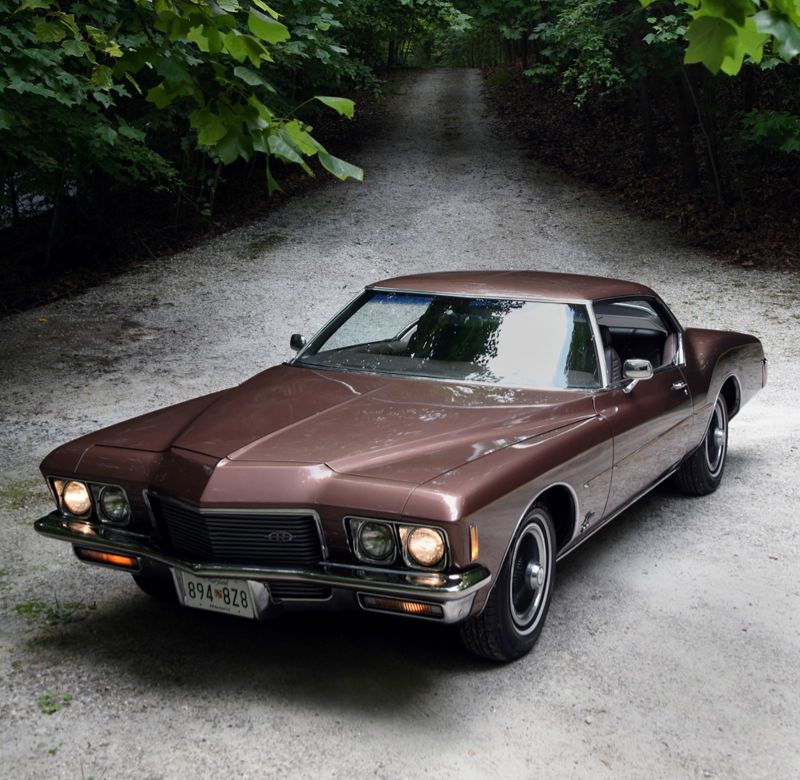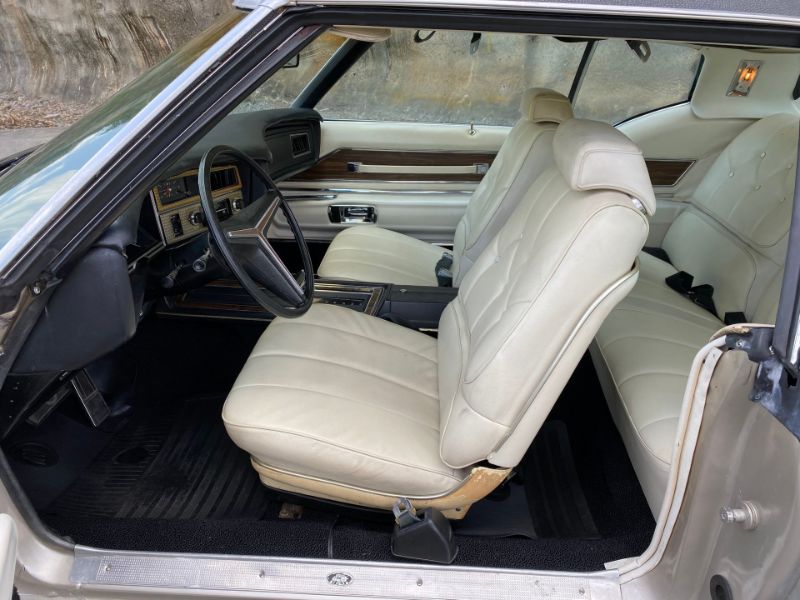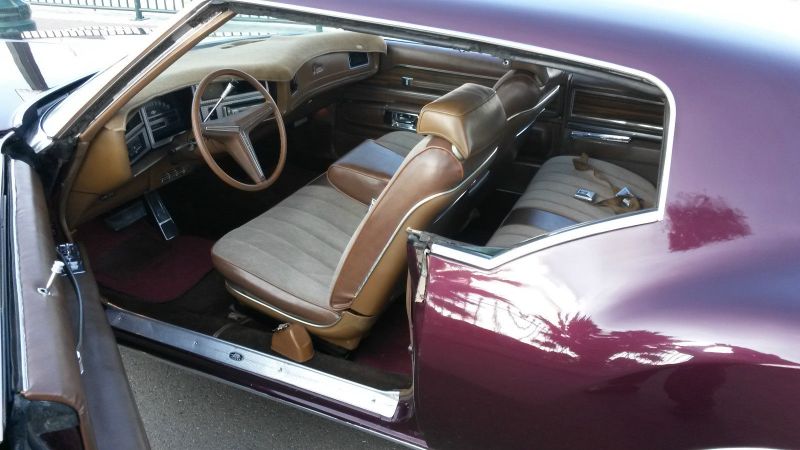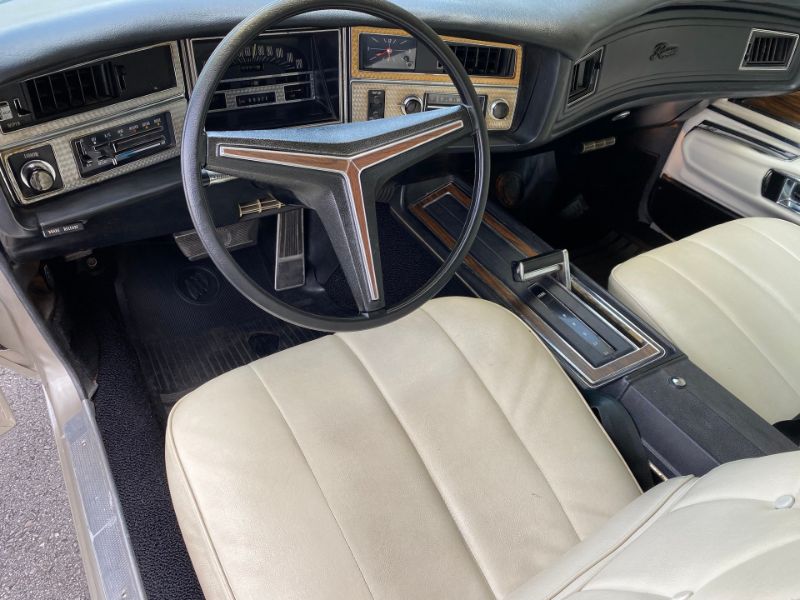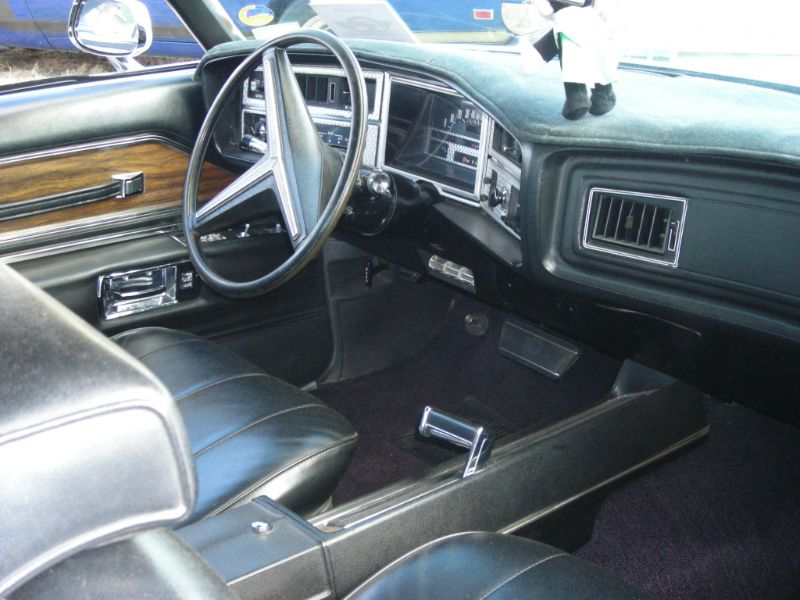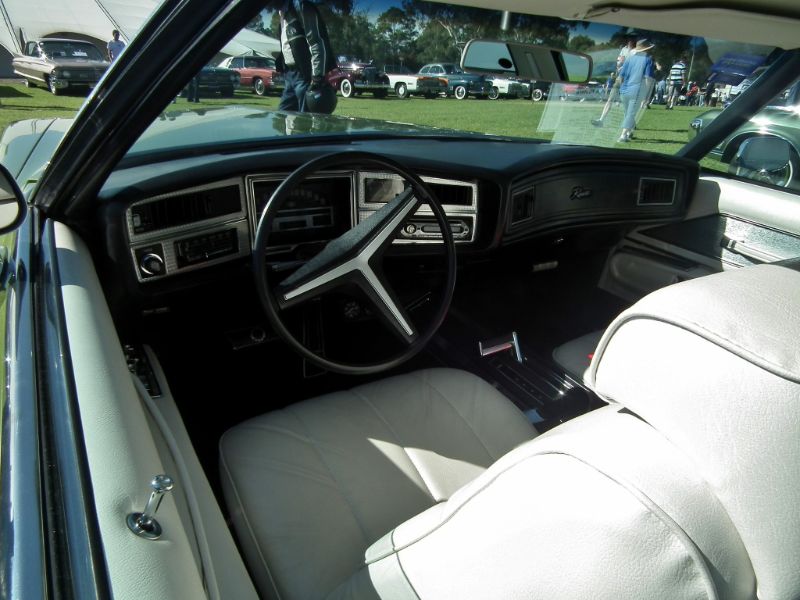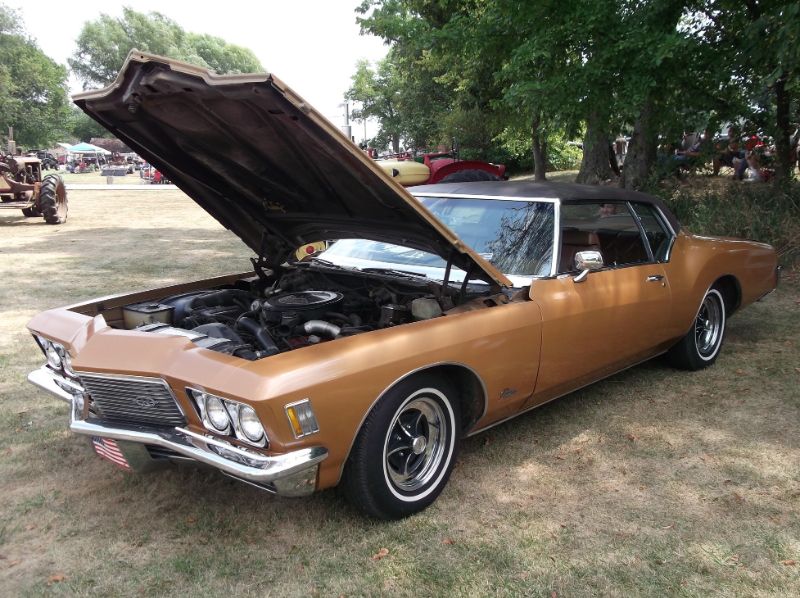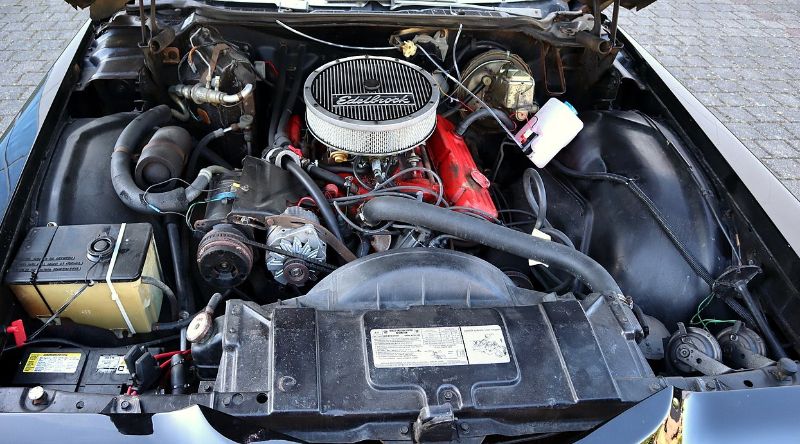From Boat-Tail to Muscle Flanks: The Revolutionary Design of the 1971 Riviera Muscle Car
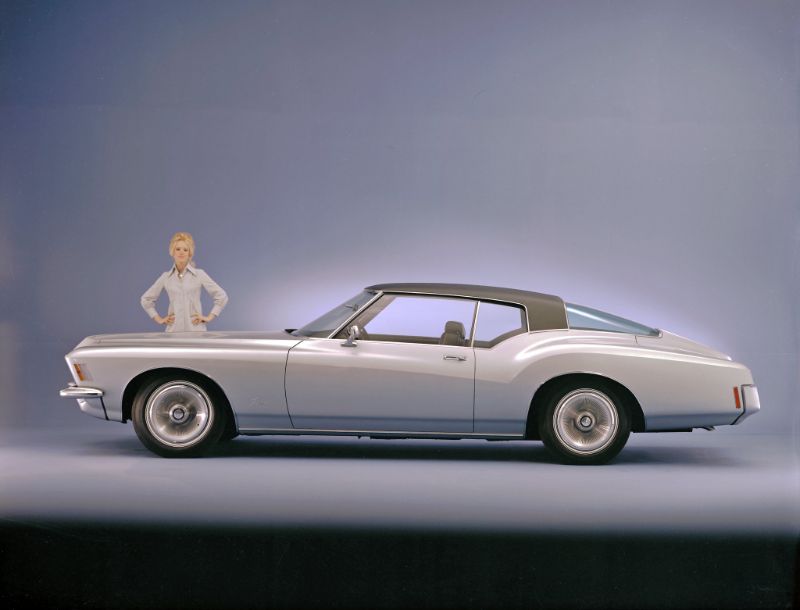
The year 1971 marked a significant milestone in the history of the Buick Riviera, an iconic luxury car produced by General Motors (GM) since 1963. Under the direction of GM’s chief styling director, Bill Mitchell, the Riviera underwent a radical redesign that introduced flowing and dramatic “boat-tail” styling, which was penned by Jerry Hirshberg, the future head of design for Nissan.
h/t: vintag.es

Despite its bold and innovative design, the Riviera’s controversial styling irked automotive writers of the time. The boat-tail rear and muscular rear flanks were particularly contentious, but the fastback roof line and massive rear window were overlooked due to the spaciousness of the coupe, which could comfortably seat five people.

One of the most significant changes made to the 1971 Riviera was the installation of GM’s mightiest engine, the 455, which provided ample power to the car. However, due to EPA mandates, GM had to reduce the power to 255 hp with 265 hp in the Gran Sport by lowering compression ratio. Higher options could increase the massive V8 power to 330 while retaining the car’s quiet and smooth ride.
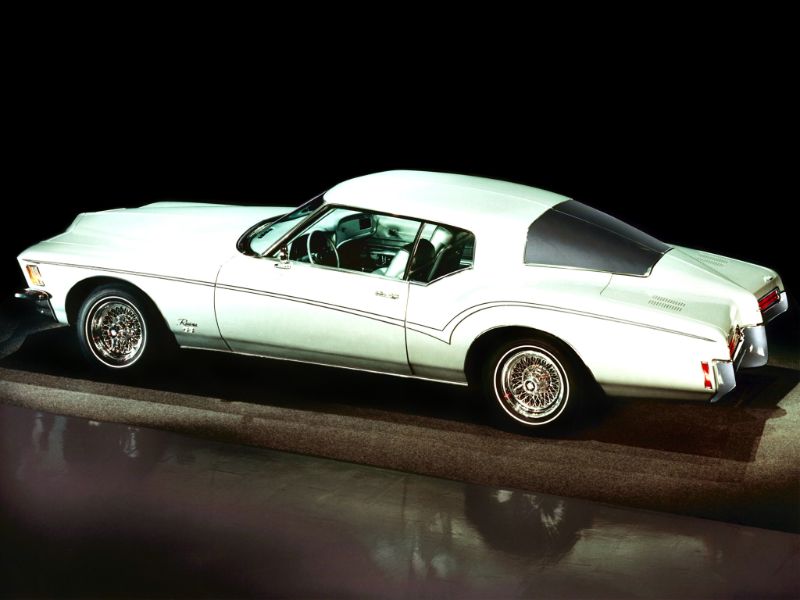
The 1971 Riviera also featured GM’s “Full-Flo” ventilation system and two large deck lid louvers. Soft-Ray tinted glass, all-vinyl bench seats with custom trim or front buckets (which made them a little plasticky) and tilt steering came as standard. The car’s daring lines included a thrusting, pointed grille, a 122 in wheelbase (longer than previous Rivieras), muscular rear flanks that flow into boat-tail rear, which distinguished the ’71 Rivieras.

Ultimately, the 1971 Riviera marked a bold new direction for Buick’s luxury car line, pushing the boundaries of design and establishing it as a classic American muscle car. Today, these cars remain highly sought after by collectors who appreciate their unique styling and powerful performance.

